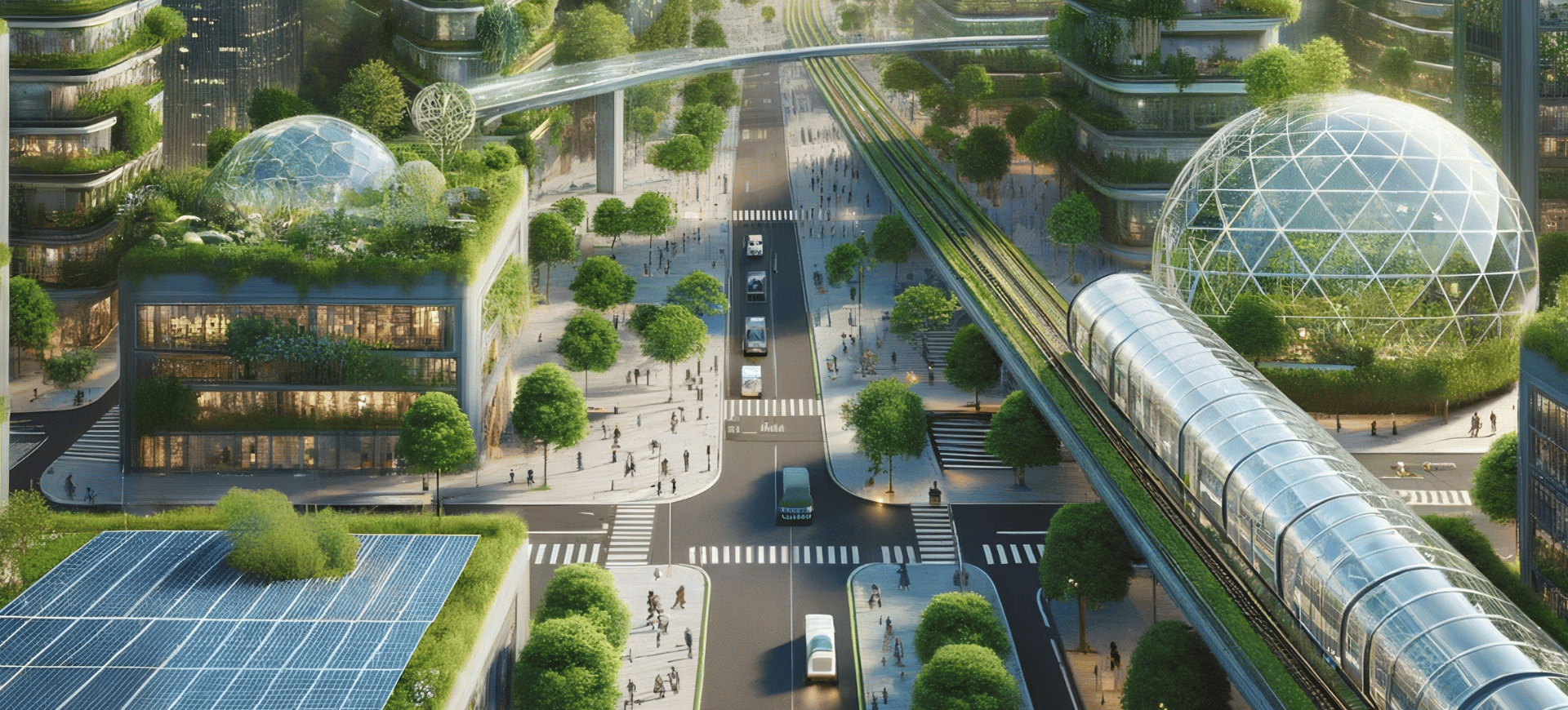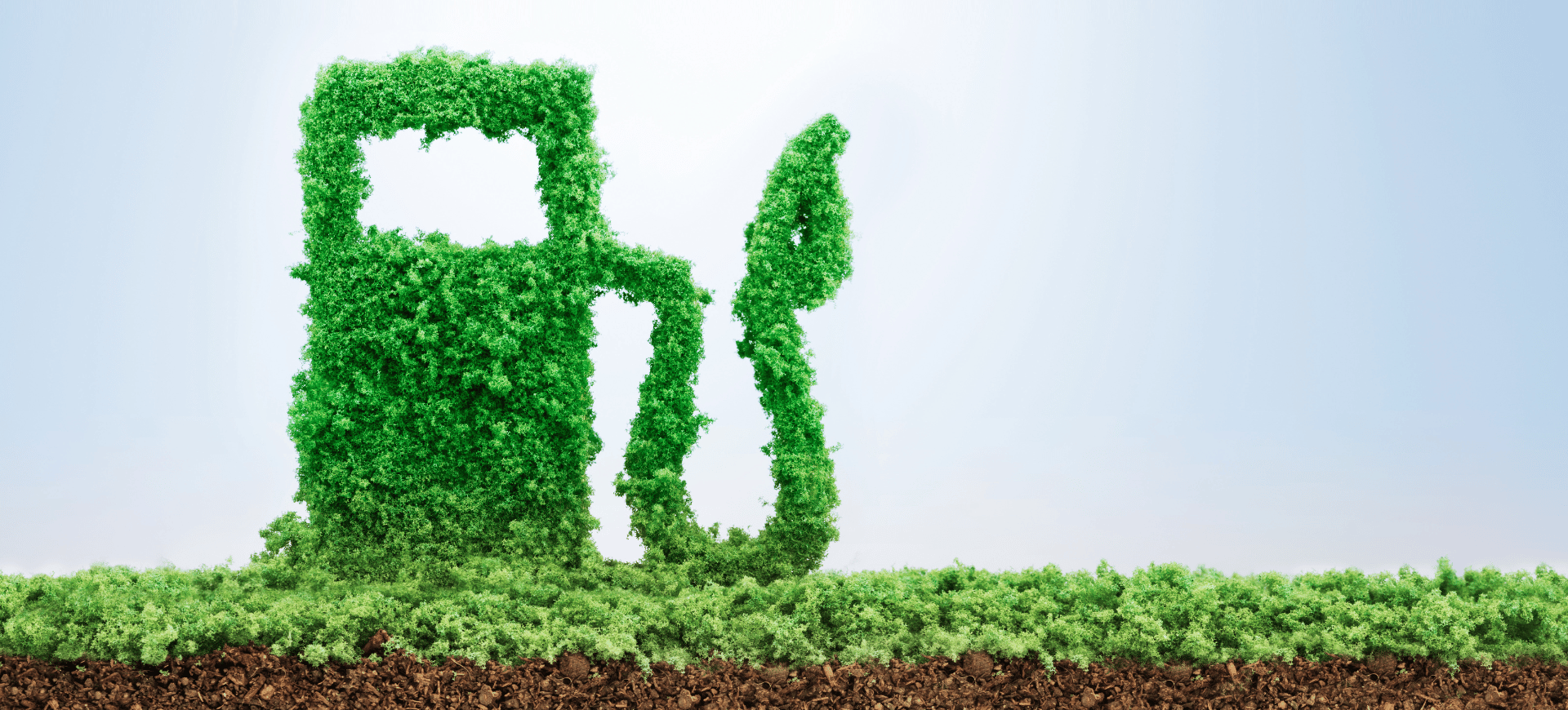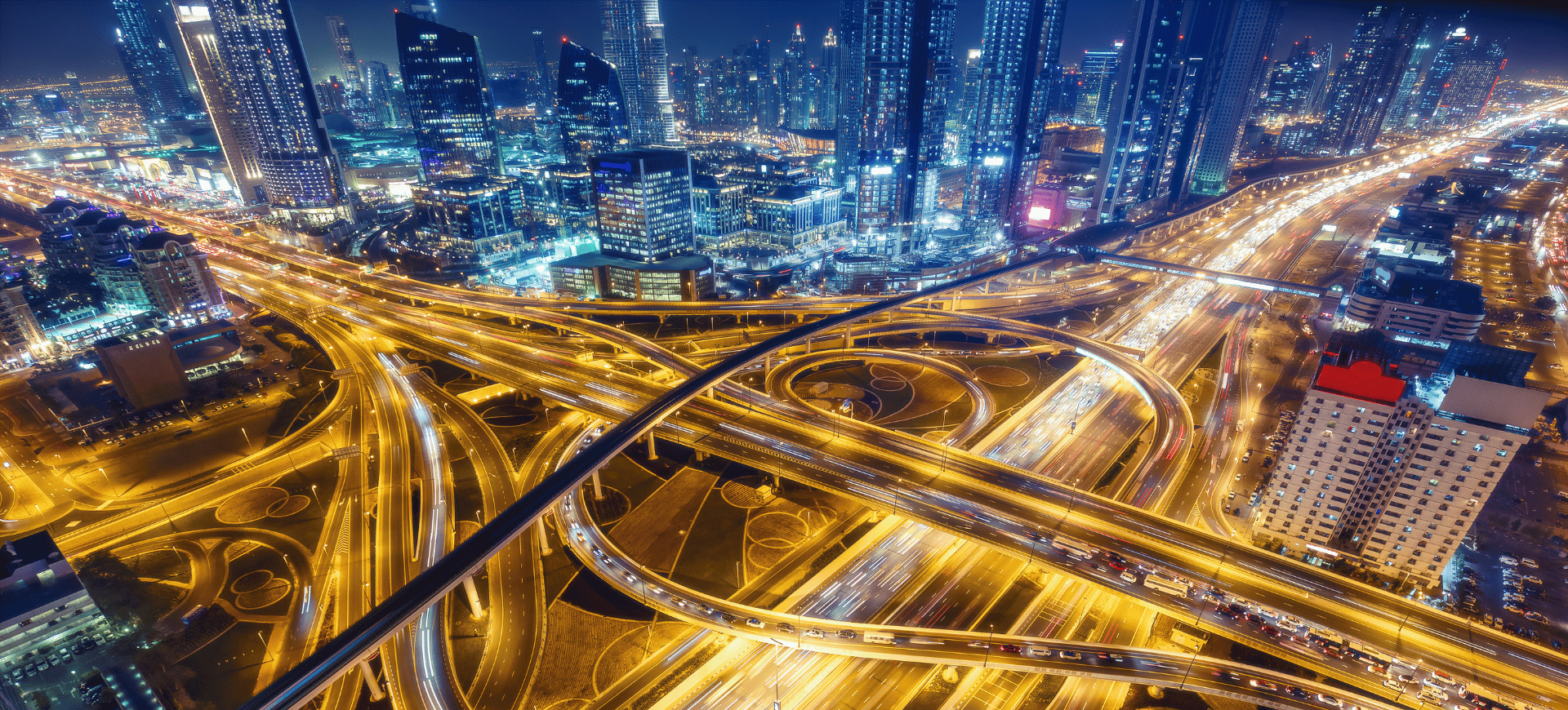The Smart Blueprint: How Emerging Technologies Are Shaping Cities of the Future
With rapid urbanisation, climate change and resource constraints, technologies like digital twins, the metaverse, data analytics, IoT and AI are increasingly emerging as essential tools for sustainable city planning. These technologies enable authorities to create smarter, more sustainable urban spaces while enhancing efficiency and the quality of life for residents.
Digital Twins: Cities in the Virtual Mirror
Digital twins—virtual replicas of physical assets—are revolutionising urban planning. These dynamic simulations allow city planners to model scenarios, test new green solutions and predict outcomes in real time, offering unprecedented foresight.
Take Singapore as an example, the city-state has developed a digital twin of its entire urban environment through its Virtual Singapore initiative. This model provides insights into traffic flow, energy consumption and urban heat islands, for example, allowing planners to address challenges before they materialise. For instance, when considering new developments, they can simulate how these will affect the surrounding area’s infrastructure, environment and population density.
The potential extends beyond planning. Digital twins can be used for disaster preparedness. By simulating extreme weather events, cities can identify vulnerabilities and improve emergency response strategies, as demonstrated in the Netherlands’ flood management systems.
The Metaverse: A New Dimension for Urban Engagement
While the metaverse might evoke images of gaming and entertainment, its application in urban planning is equally transformative. Involving citizens in city development has always been challenging, but virtual reality (VR) environments offer an engaging solution.
For example, Helsinki created a VR model of its Kalasatama district to involve residents in shaping public spaces. Citizens could “walk through” the district in a virtual world, offering feedback on layouts, aesthetics and amenities. This approach enhances transparency and creates designs more aligned with public needs.
In future, the metaverse could enable global collaboration on urban challenges. Architects, engineers and policymakers from different continents could co-create city designs in shared virtual spaces, reducing travel and fostering innovation.
Data Analytics: The Engine Behind Smart Cities
Data is the currency of modern urban planning. Analysing data from IoT sensors, public services, and citizen feedback allows cities to identify patterns, predict trends and optimise resource allocation.
Barcelona exemplifies the power of data analytics. By implementing IoT sensors throughout the city, authorities track everything from waste management to water usage. This data-driven approach has resulted in smarter waste collection routes, saving time and reducing carbon emissions.
Data analytics has empowered cities like Copenhagen to improve air quality. Using real-time air pollution data, authorities adjusted traffic flows and promoted green transport routes, resulting in cleaner air and healthier urban living.
IoT: Connecting the Urban Fabric
The Internet of Things (IoT) integrates disparate city systems, turning them into a cohesive, intelligent network. By connecting devices and infrastructure, IoT enables real-time monitoring and control.
In Dubai, IoT forms the backbone of its Smart Dubai initiative. The city leverages connected devices to optimise energy use, monitor traffic and improve public services. Smart meters, for instance, allow residents to track and reduce their energy consumption, aligning individual behaviour with broader sustainability goals.
Additionally, IoT technology is proving indispensable vital in creating safer cities. London’s extensive CCTV network, integrated with IoT and AI analytics, helps law enforcement prevent crime by detecting unusual behaviour patterns in real-time.
AI: The Brain of Smart Cities
Nowadays, Artificial Intelligence underpins the efficiency and intelligence of smart cities. AI algorithms can process vast amounts of data quickly, providing actionable insights and enabling autonomous decision-making.
One striking example is Beijing’s use of AI to optimise traffic flow. Through predictive algorithms, the city adjusts traffic lights in real-time, reducing congestion and cutting commuting times. This technology could be adapted to other sectors, such as optimising energy distribution during peak demand.
AI also supports sustainable urban development. In Stockholm, AI monitors building energy efficiency, automatically adjusting heating and lighting based on occupancy and weather conditions. The result? Reduced energy consumption and lower carbon emissions.
A Vision of the Future: Cardiff in 2100
Looking forward, cities could evolve into self-sustaining ecosystems where every element of urban life is seamlessly connected. Cardiff’s speculative vision for 2100 offers a glimpse into what this might look like.
The city envisions AI-driven transport systems with autonomous vehicles, self-sustaining buildings powered by renewable energy, and urban farming integrated into skyscrapers. Digital twins would continuously optimise urban planning, while IoT and data analytics ensure efficient use of resources. Cardiff’s vision highlights the potential for smart cities to balance technological innovation with environmental sustainability.
Challenges and Considerations
Despite the enormous promise, challenges remain. Digital twins and the metaverse require robust digital infrastructure and substantial investment, which may not be accessible to all cities. Privacy concerns around IoT and AI deployment must be addressed to ensure citizen trust. And the ever—growing the digital divide could exacerbate inequalities if vulnerable populations are excluded from these benefits.
To overcome these hurdles, policymakers must prioritise inclusive urban strategies, emphasise data security, and foster public-private partnerships to fund innovation.
Smart Cities as Living Organisms
The technologies shaping smart cities—digital twins, the metaverse, IoT, data analytics, and AI—are transforming urban areas into living, breathing organisms. These innovations enable cities to adapt dynamically to challenges, from climate change to population growth.
The journey to fully realised smart cities is still unfolding, but the foundation is being laid today. By leveraging these technologies wisely and inclusively, cities can achieve the delicate balance between efficiency, sustainability and quality of life, ensuring a brighter urban future for all.












